14 Directors Who Rewrote Hollywood’s Rules Without Saying a Word
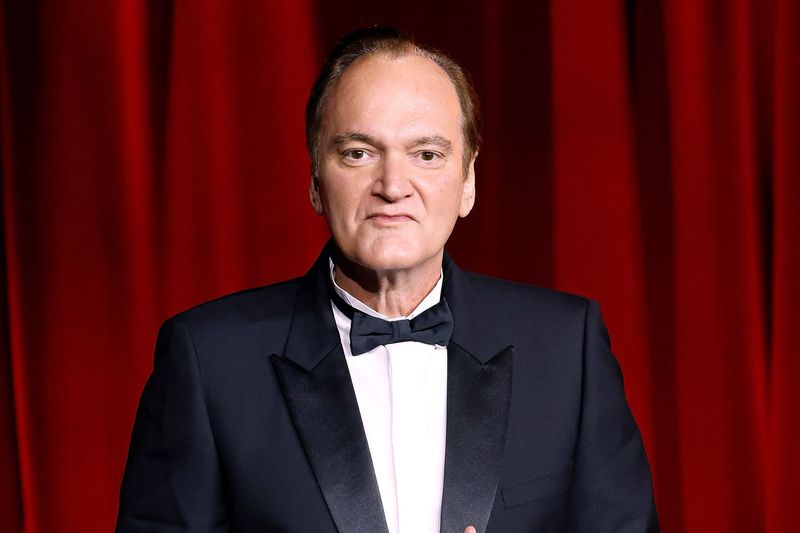
Some filmmakers changed cinema forever not by following the rules, but by breaking them completely. These visionary directors challenged every tradition Hollywood held sacred, from storytelling methods to visual styles. Their bold experiments and fearless creativity transformed how movies are made and watched today. Get ready to meet the rule-breakers who shaped modern cinema.
1. Orson Welles
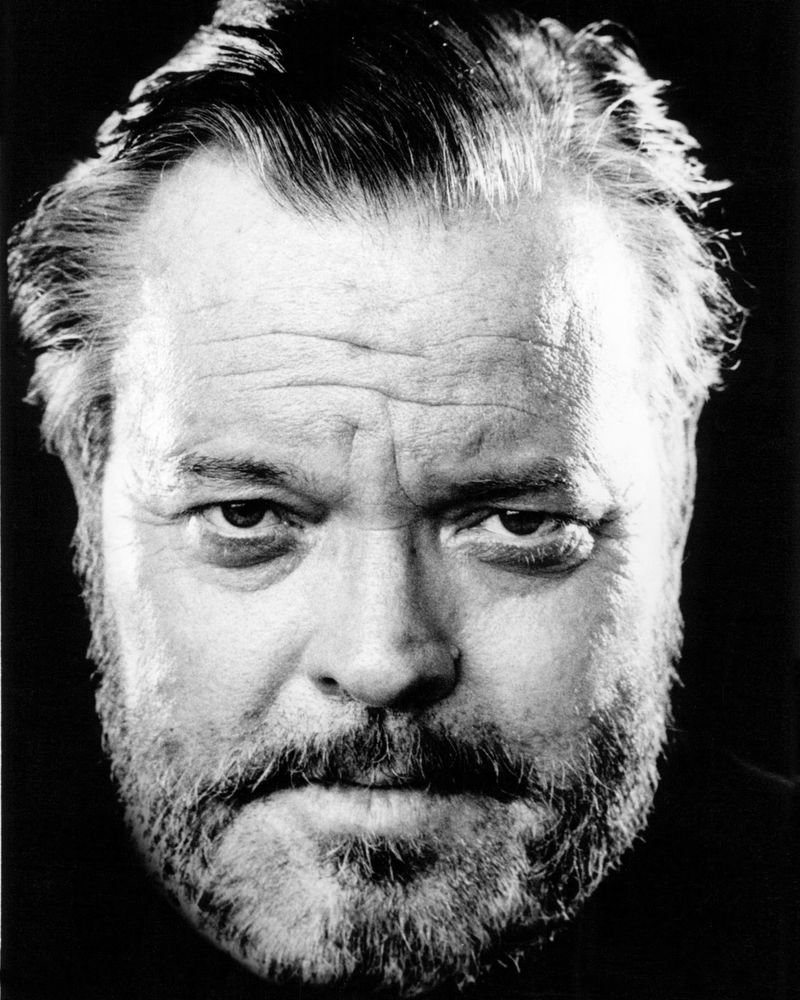
At just 25 years old, Welles stormed into Hollywood and created Citizen Kane, a film that professors still study decades later. His revolutionary deep-focus photography allowed everything on screen to stay sharp, from foreground to background, which nobody had really mastered before.
He also used crazy low camera angles that made ceilings visible, something studios avoided because it showed their cheap sets. Welles proved that a first-time director could ignore every Hollywood convention and still create a masterpiece.
His non-linear storytelling and bold visual choices inspired countless filmmakers who came after him. Even today, film students watch his work to learn how breaking rules can lead to brilliance.
2. Alfred Hitchcock
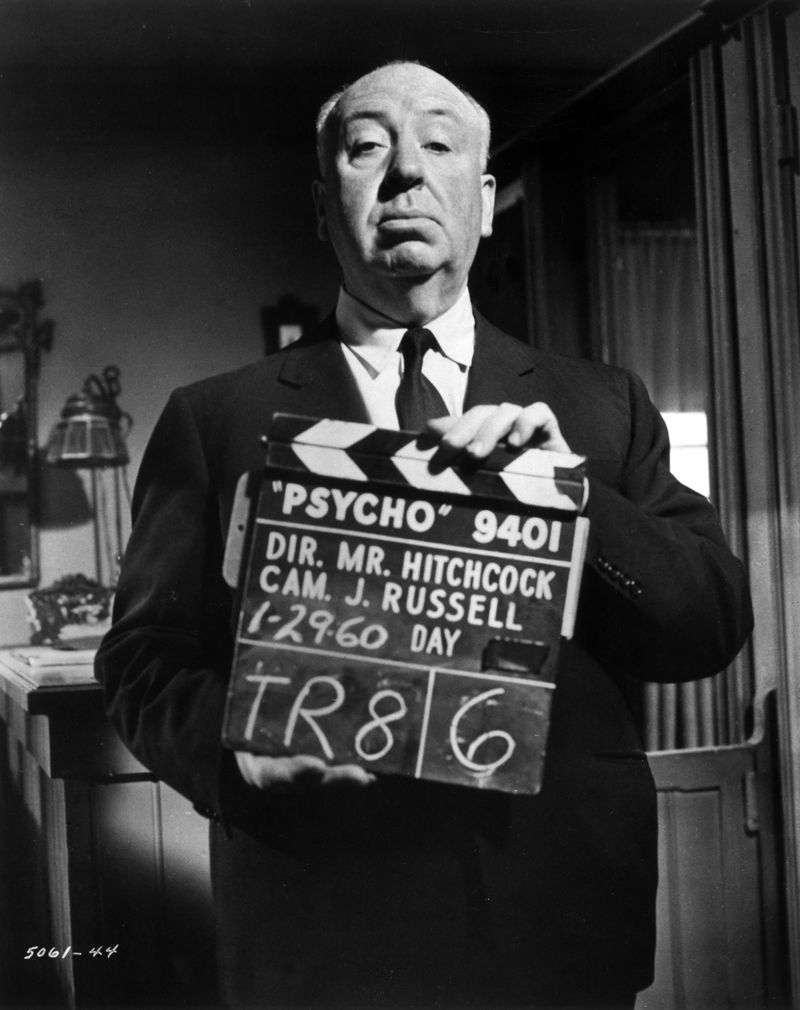
Hitchcock understood something other directors missed: what you don’t show scares audiences more than what you do. His shower scene in Psycho never actually shows the knife touching skin, yet it remains one of cinema’s most terrifying moments.
He pioneered the use of camera movement to create psychological tension, making viewers feel like voyeurs peeking into private worlds. His meticulous storyboarding meant every single shot served a specific purpose in building suspense.
Hitchcock also fought against studio censorship, finding clever ways to suggest violence without showing it directly. His techniques proved that suggestion and atmosphere could be more powerful than explicit content, changing thriller filmmaking forever.
3. Akira Kurosawa

Through his films, Kurosawa elevated samurai narratives with a visual language that crossed linguistic boundaries. His deliberate use of weather—storms, fog, and gusts of wind—enhanced the emotional resonance of each scene beyond spoken dialogue.
He perfected the art of choreographing action sequences like ballet, making every sword fight feel both brutal and beautiful. His film Rashomon introduced the concept of showing the same event from multiple perspectives, which revolutionized narrative structure.
Western directors like George Lucas and Steven Spielberg openly admit they borrowed heavily from his techniques. Kurosawa proved that Japanese cinema could influence Hollywood just as much as Hollywood influenced the world, opening doors for international filmmakers everywhere.
4. Jean-Luc Godard

Godard basically threw the Hollywood rulebook into the trash and filmed however he wanted. His jump cuts in Breathless shocked audiences because they violated the smooth editing everyone expected, yet they felt fresh and exciting.
He shot films on actual streets with handheld cameras instead of expensive studio sets, proving big budgets weren’t necessary for great cinema. His characters often broke the fourth wall, speaking directly to viewers and shattering the illusion of reality.
Godard mixed politics, philosophy, and pop culture into his films in ways that felt chaotic but somehow worked perfectly. His experimental approach inspired independent filmmakers worldwide to trust their instincts over industry standards, proving cinema could be personal art.
5. Stanley Kubrick

Obsessive attention to detail verged on madness, yet every genre he explored bears the mark of meticulous genius. Scenes were repeated endlessly—sometimes hundreds of times—until every element was flawless.
His use of symmetrical framing and one-point perspective created images so striking they’ve become iconic posters and references. From the psychedelic journey in 2001: A Space Odyssey to the haunting hallways of The Shining, his visuals told stories without words.
Kubrick pioneered special effects techniques and lighting methods that seemed impossible at the time, like filming by candlelight alone. His refusal to compromise his vision, no matter how difficult, showed directors they could maintain complete creative control.
6. Steven Spielberg

Spielberg transformed summer movies from throwaway entertainment into cultural events that entire families anticipated for months. His ability to blend spectacular action with genuine human emotion created blockbusters that also made audiences cry.
He mastered the art of building suspense through suggestion, like showing only the shark’s perspective in Jaws before revealing the creature. His child-like wonder and optimism brought magic to science fiction and adventure films that felt both epic and intimate.
Spielberg also proved that commercial success and artistic merit weren’t mutually exclusive, earning both box office records and critical acclaim. His influence made studios realize they could invest in ambitious projects that respected audience intelligence while delivering thrills.
7. Francis Ford Coppola
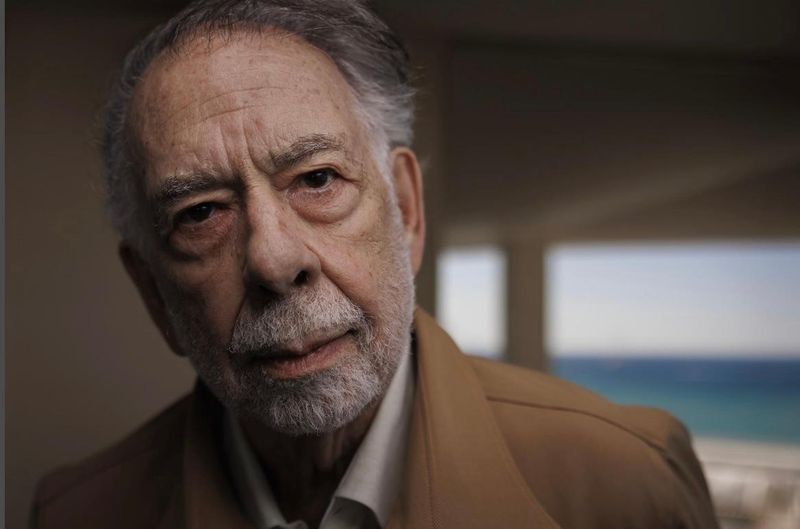
A pulpy gangster novel was transformed into The Godfather, an operatic exploration of family, power, and the darker side of the American dream. Every creative choice—from casting Marlon Brando to crafting shadow-drenched lighting—was fiercely defended against studio interference.
His insistence on treating genre films as serious art elevated crime dramas to prestige status they’d never enjoyed before. The chaotic production of Apocalypse Now nearly destroyed him, but resulted in a war film unlike anything audiences had seen.
Coppola showed that directors could be authors, stamping personal vision onto every frame despite studio interference. His battles for creative freedom paved the way for the entire New Hollywood movement of the seventies.
8. Quentin Tarantino

Tarantino’s debut Reservoir Dogs announced a new voice in cinema: profane, violent, funny, and impossibly cool all at once. His non-linear storytelling in Pulp Fiction made fractured narratives mainstream, proving audiences could follow complex time jumps.
He elevated pop culture references and lengthy dialogue scenes into an art form, making conversations about cheeseburgers as memorable as shootouts. His soundtracks introduced younger audiences to forgotten soul, surf rock, and exploitation film music from decades past.
Tarantino proved that film school wasn’t necessary—his education came from working in a video store and watching everything obsessively. His success inspired a generation of self-taught filmmakers to trust their unique voices and references.
9. John Cassavetes

Raw emotion poured from every frame of John Cassavetes’ films like water breaking through a dam. He practically invented American independent cinema by funding his own projects with acting money, refusing to let studios control his vision.
His camera captured real arguments, messy relationships, and uncomfortable truths that Hollywood usually polished away. Actors loved working with him because he encouraged improvisation and honesty over rehearsed perfection.
Films like “Faces” and “A Woman Under the Influence” felt like watching real life unfold, not staged performances. Cassavetes showed that you didn’t need massive budgets or special effects to create powerful cinema—just passionate people willing to bare their souls on screen.
10. Roger Corman
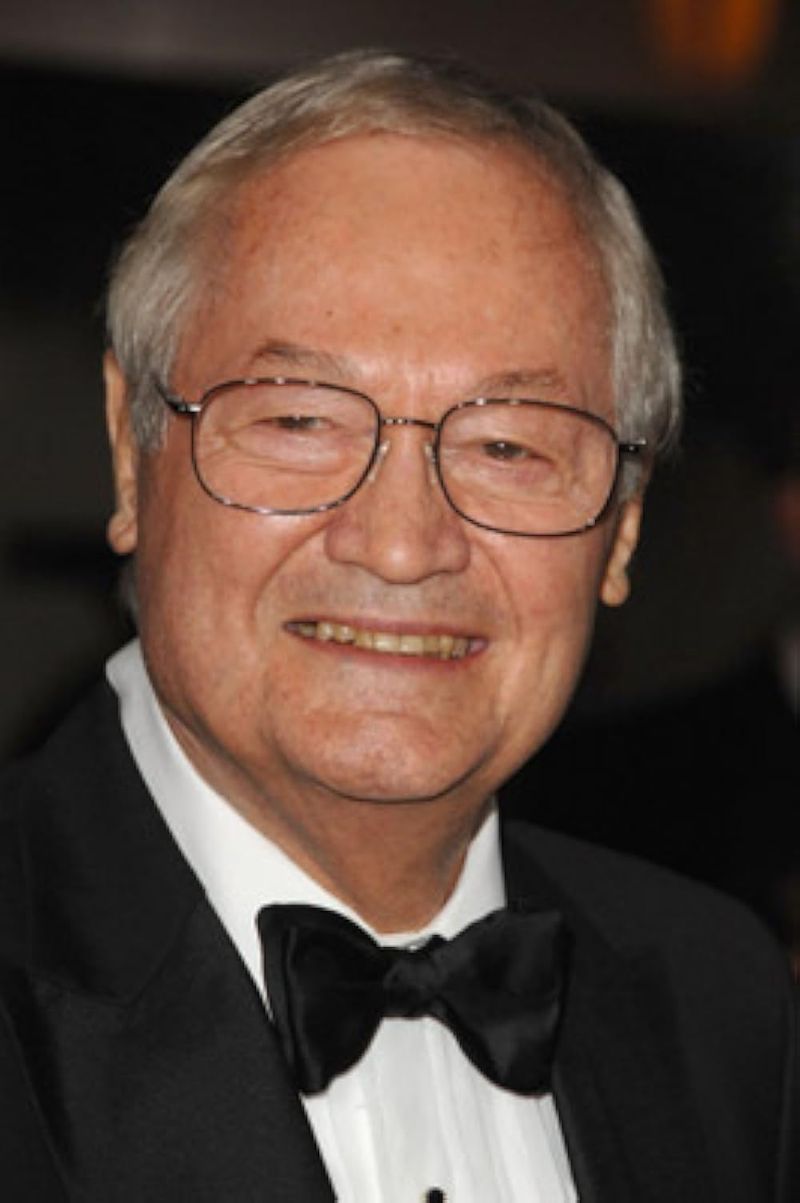
Nobody squeezed more creativity from shoestring budgets than Roger Corman, the undisputed king of B-movies. He made entire films in days rather than months, training future legends like Martin Scorsese, James Cameron, and Ron Howard along the way. His low-budget horror and sci-fi flicks proved that limitations could spark innovation rather than kill it.
Corman gave young filmmakers chances that big studios never would, creating a film school where you learned by doing. His Edgar Allan Poe adaptations brought literary classics to drive-in theaters across America.
Sure, his movies were cheesy sometimes, but they were always entertaining and never boring—a lesson Hollywood still needs reminding of today.
11. Ingmar Bergman

Ingmar Bergman turned the camera inward, exploring the darkest corners of the human soul with unflinching honesty. His Swedish masterpieces asked questions about death, faith, and meaning that most filmmakers were too scared to touch. Close-ups of faces revealed entire universes of pain, doubt, and longing in his haunting black-and-white films.
“The Seventh Seal” featured a knight playing chess with Death itself—an image burned into cinema history forever.
Bergman worked with the same actors repeatedly, building a creative family that understood his intense artistic vision. His films weren’t easy to watch, but they stuck with you like powerful dreams you couldn’t shake off days later.
12. Satyajit Ray
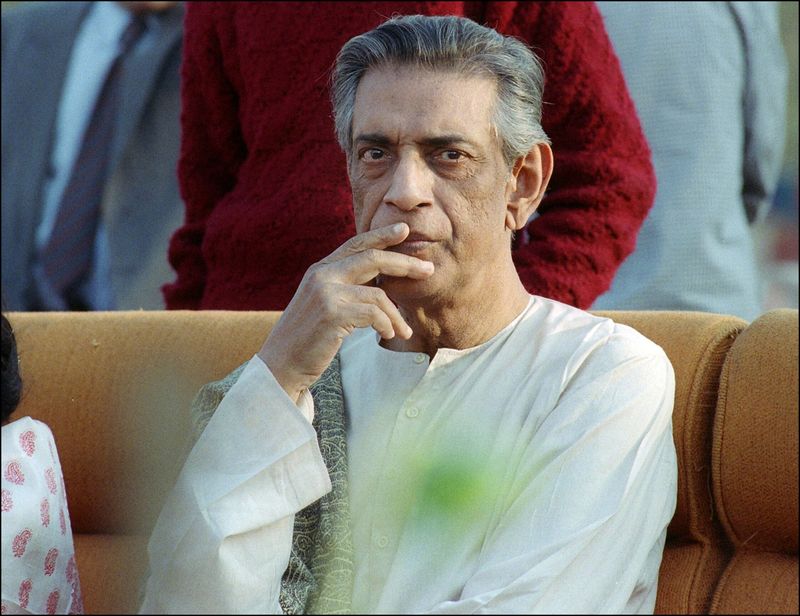
Indian cinema reached the world stage with a gentle touch and profound insight through the Apu Trilogy, following one boy from childhood to adulthood with breathtaking realism. Village life, family struggles, and universal human experiences unfolded without a single Bollywood-style song or dance.
He composed his own music, designed his own costumes, and wrote his own scripts—a true Renaissance man of cinema.
Western directors like Akira Kurosawa praised his naturalistic style and emotional depth. Ray proved that stories rooted in specific cultures could speak to everyone, everywhere, bridging continents through the power of honest storytelling.
13. Alejandro Jodorowsky
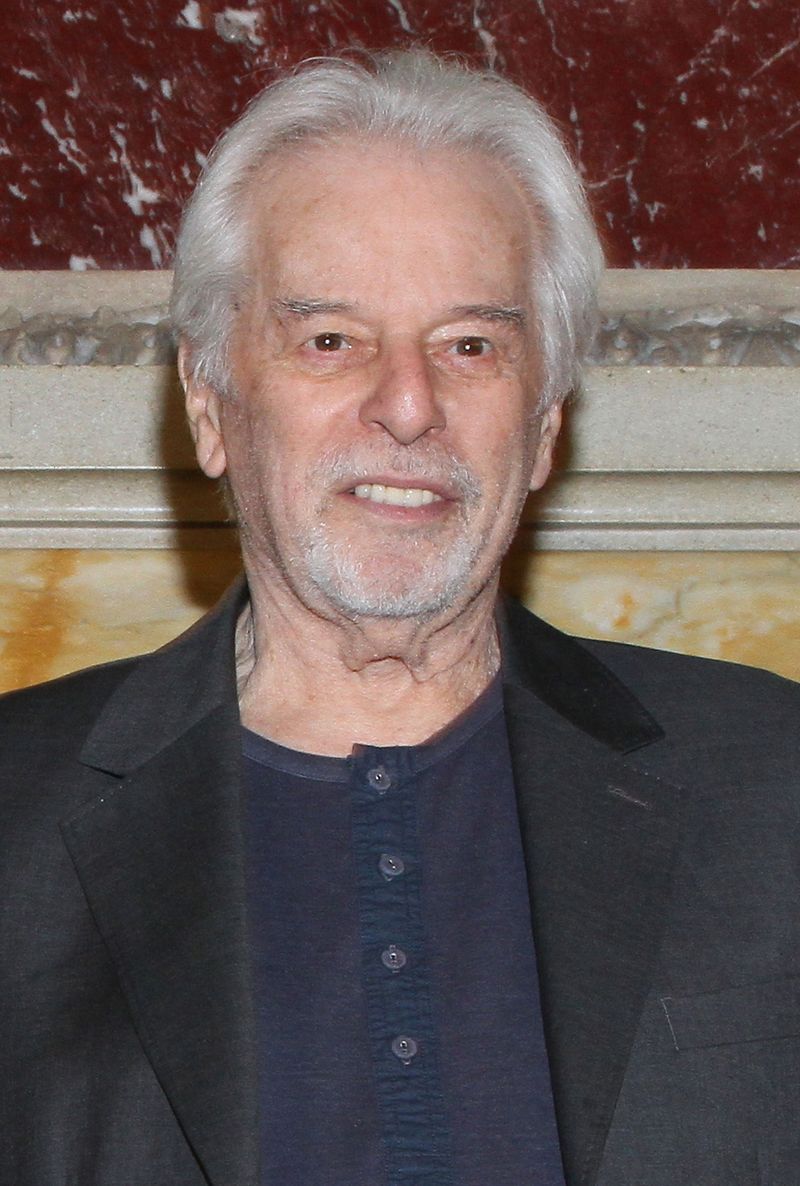
Alejandro Jodorowsky made films that felt like fever dreams painted in psychedelic colors. His surrealist westerns like “El Topo” confused and amazed audiences in equal measure, blending philosophy, religion, and shocking imagery into unforgettable experiences. Midnight movie crowds in the 1970s couldn’t look away from his bizarre, beautiful visions.
He attempted to make the most ambitious “Dune” adaptation ever conceived, recruiting Salvador Dalí and Pink Floyd before the project collapsed.
That failure became legendary, inspiring countless filmmakers who learned about it through the documentary “Jodorowsky’s Dune.” His work reminded everyone that cinema could be wild, spiritual, and completely unpredictable—rules were meant to be shattered, not followed.
14. David Lynch
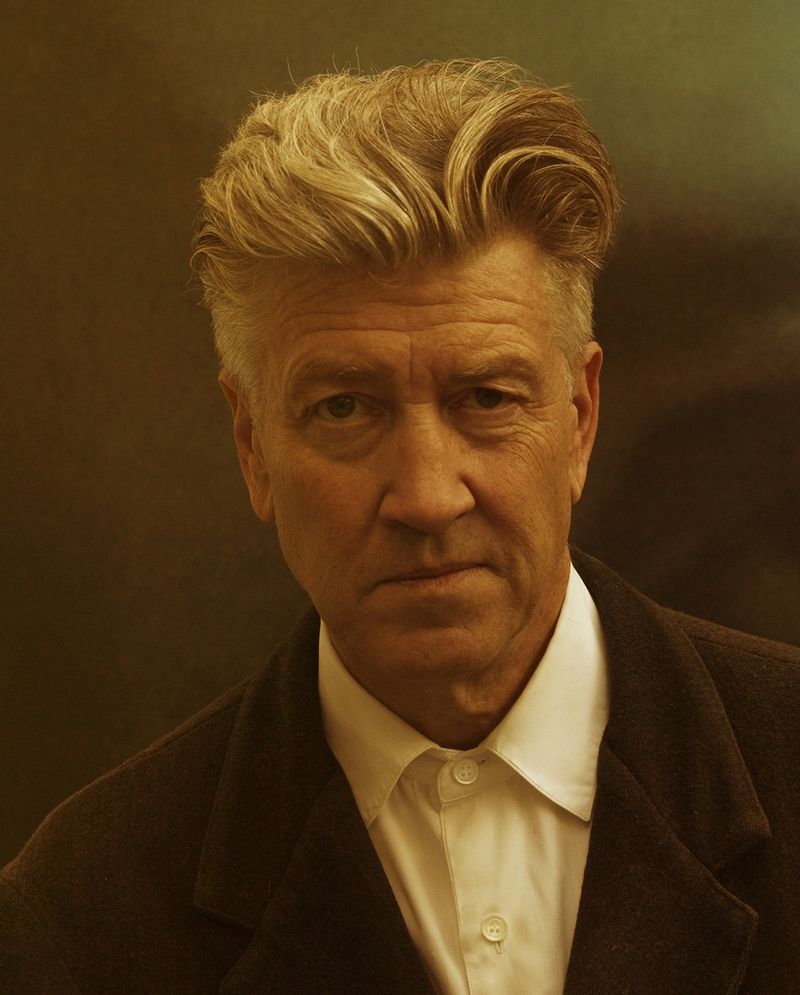
The ordinary became unsettling and the bizarre felt natural, crafting a dreamlike universe entirely unique. Blue Velvet exposed the shadows beneath suburban perfection, while Twin Peaks brought cinematic strangeness into homes across the nation.
His films operated on dream logic rather than traditional storytelling, leaving audiences haunted and confused in the best possible way.
Industrial soundscapes and eerie music turned his movies into sensory experiences that crawled under your skin. Lynch never explained his symbolism, trusting viewers to find their own meanings in the mystery. His influence spread everywhere—suddenly, strange became cool, and filmmakers realized that not every story needed tidy explanations or happy endings.

Comments
Loading…